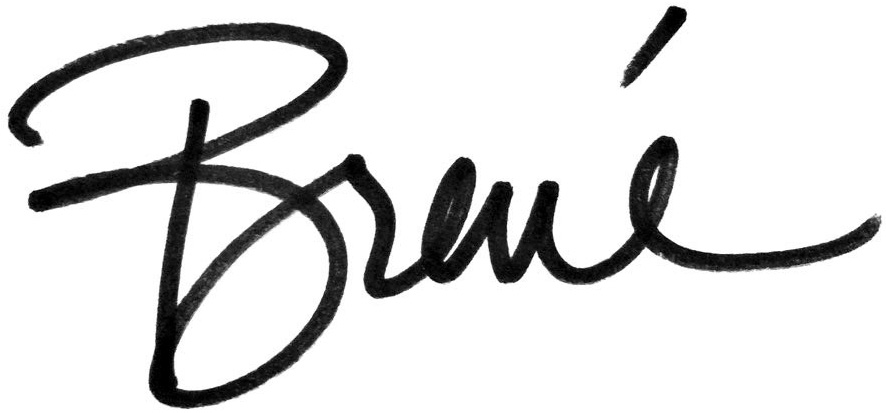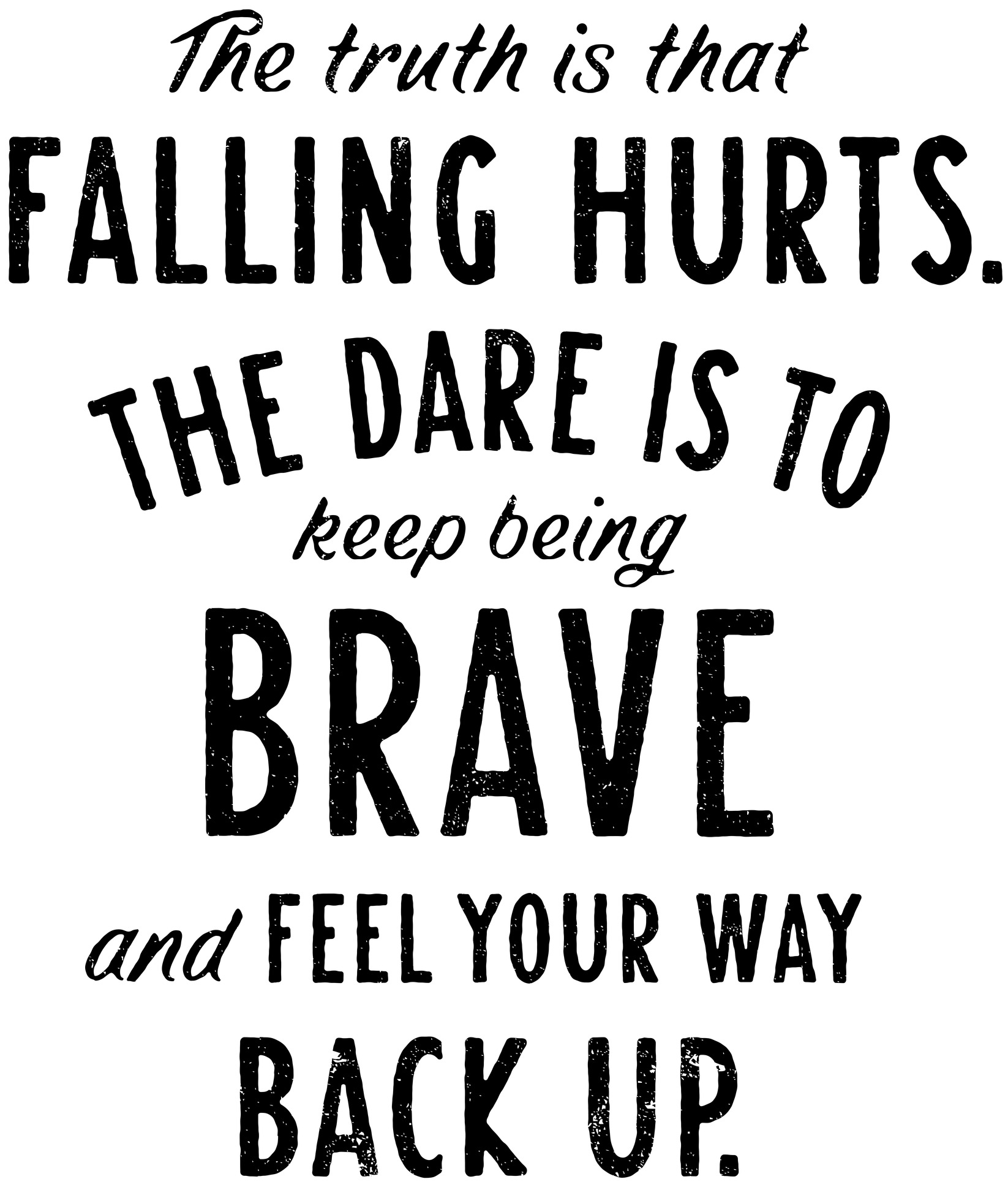




In the 1990s, when I began studying social work, the profession was in the midst of a polarizing debate about the nature of knowledge and truth. Is wisdom derived from experience more or less valuable than data produced by controlled research? What research should we allow into our professional journals and what should we reject? It was a heated debate that often created considerable friction between professors.
As doctoral students, we were often forced to take sides. Our research professors trained us to choose evidence over experience, reason over faith, science over art, and data over story. Ironically, at the exact same time, our non-research professors were teaching us that social work scholars should be wary of false dichotomies—those “either you’re this or you’re that” formulations. In fact, we learned that when faced with either-or dilemmas, the first question we should ask is, Who benefits by forcing people to choose?
If you applied the Who benefits? question to the debate in social work, the answer was clear: Traditional quantitative researchers benefited if the profession decided their work was the only path to truth. And tradition had the upper hand at my college, with little to no training in qualitative methods available and the only dissertation option quantitative. A single textbook covered qualitative research, and the book jacket was light pink—it was often referred to as “the girls’ ” research book.
This debate became personal to me when I fell in love with qualitative research—grounded theory research, to be specific. I responded by pursuing it anyway, finding a few faculty allies inside and outside my college. I chose as my methodologist Barney Glaser, from the University of California San Francisco Medical School, who, along with Anselm Strauss, is the founder of grounded theory.
I am still deeply affected by an editorial I read in the 1990s titled “Many Ways of Knowing.” It was written by Ann Hartman, the influential editor of one of our most prestigious journals at the time. In the editorial, Hartman wrote:
This editor takes the position that there are many truths and there are many ways of knowing. Each discovery contributes to our knowledge, and each way of knowing deepens our understanding and adds another dimension to our view of the world….For example, large-scale studies of trends in marriage today furnish helpful information about a rapidly changing social institution. But getting inside one marriage, as in Who’s Afraid of Virginia Woolf?, richly displays the complexities of one marriage, leading us to new insights about the pain, the joys, the expectations, the disappointments, the intimacy, and the ultimate aloneness in relationships. Both the scientific and the artistic methods provide us with ways of knowing. And, in fact, as Clifford Geertz…has pointed out, innovative thinkers in many fields are blurring the genres, finding art in science and science in art and social theory in all human creation and activity.
I succumbed to fear and scarcity (the sense that my chosen research method wasn’t enough) for the first couple of years of my career as a tenure-track professor and researcher. I felt like an outsider as a qualitative researcher, so for safety I stood as close as I could to the “if you can’t measure it, it doesn’t exist” crowd. That served both my political needs and my profound dislike of uncertainty. But I never got that editorial out of my head or my heart. And today I proudly call myself a researcher-storyteller because I believe the most useful knowledge about human behavior is based on people’s lived experiences. I am incredibly grateful to Ann Hartman for having the guts to take this position, to Paul Raffoul, the professor who handed me a copy of that article, and to Susan Robbins, who bravely led my dissertation committee.
As you read through this book, you will see that I don’t believe faith and reason are natural enemies. I believe our human desire for certainty and our often-desperate need to “be right” have led to this false dichotomy. I don’t trust a theologian who dismisses the beauty of science or a scientist who doesn’t believe in the power of mystery.
Because of this belief, I now find knowledge and truth in a full range of sources. In this book, you’ll come across quotes from scholars and singer-songwriters. I’ll quote research and movies. I’ll share a letter from a mentor that helped me get a handle on what it means to get your heart broken and an editorial on nostalgia by a sociologist. I won’t set up Crosby, Stills & Nash as academics, but I also won’t diminish the ability of artists to capture what is true about the human spirit.
I’m also not going to pretend that I am an expert on every topic that emerged as important in this book’s research. Instead, I will share the work of other researchers and experts whose work accurately captures what emerged in my data. I can’t wait to introduce you to some of these thinkers and artists who have dedicated their careers to exploring the inner workings of emotion, thought, and behavior.
I’ve come to believe that we all want to show up and be seen in our lives. This means we will all struggle and fall; we will know what it means to be both brave and brokenhearted.
I’m grateful that we’re making this journey together. As Rumi says, “We’re all just walking each other home.”
For more information on my methodology and current research, visit my website, brenebrown.com.
Thank you for joining me on this adventure.

